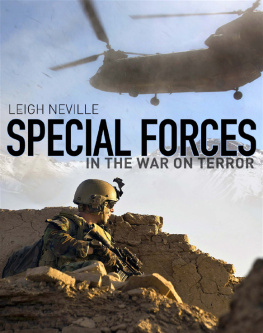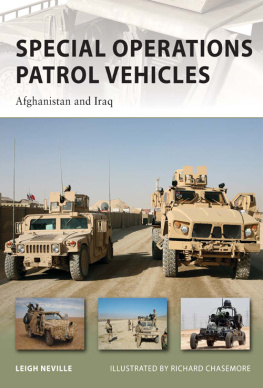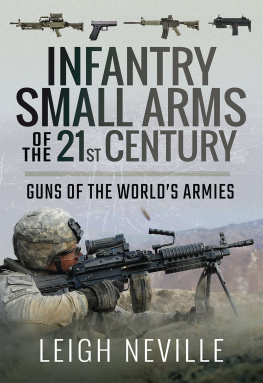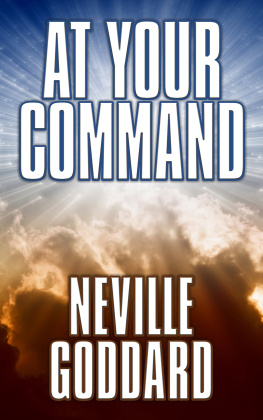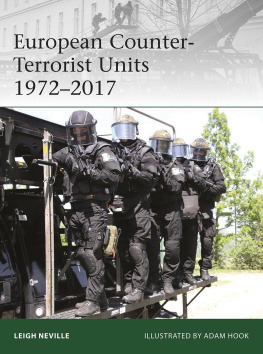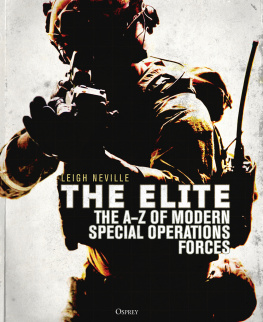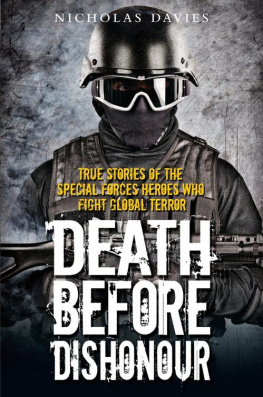Leigh Neville - Special Forces in the War on Terror
Here you can read online Leigh Neville - Special Forces in the War on Terror full text of the book (entire story) in english for free. Download pdf and epub, get meaning, cover and reviews about this ebook. genre: Non-fiction. Description of the work, (preface) as well as reviews are available. Best literature library LitArk.com created for fans of good reading and offers a wide selection of genres:
Romance novel
Science fiction
Adventure
Detective
Science
History
Home and family
Prose
Art
Politics
Computer
Non-fiction
Religion
Business
Children
Humor
Choose a favorite category and find really read worthwhile books. Enjoy immersion in the world of imagination, feel the emotions of the characters or learn something new for yourself, make an fascinating discovery.
- Book:Special Forces in the War on Terror
- Author:
- Genre:
- Rating:4 / 5
- Favourites:Add to favourites
- Your mark:
- 80
- 1
- 2
- 3
- 4
- 5
Special Forces in the War on Terror: summary, description and annotation
We offer to read an annotation, description, summary or preface (depends on what the author of the book "Special Forces in the War on Terror" wrote himself). If you haven't found the necessary information about the book — write in the comments, we will try to find it.
Special Forces in the War on Terror — read online for free the complete book (whole text) full work
Below is the text of the book, divided by pages. System saving the place of the last page read, allows you to conveniently read the book "Special Forces in the War on Terror" online for free, without having to search again every time where you left off. Put a bookmark, and you can go to the page where you finished reading at any time.
Font size:
Interval:
Bookmark:
SPECIAL FORCES
IN THE WAR ON TERROR

SPECIAL FORCES
IN THE WAR ON TERROR
LEIGH NEVILLE
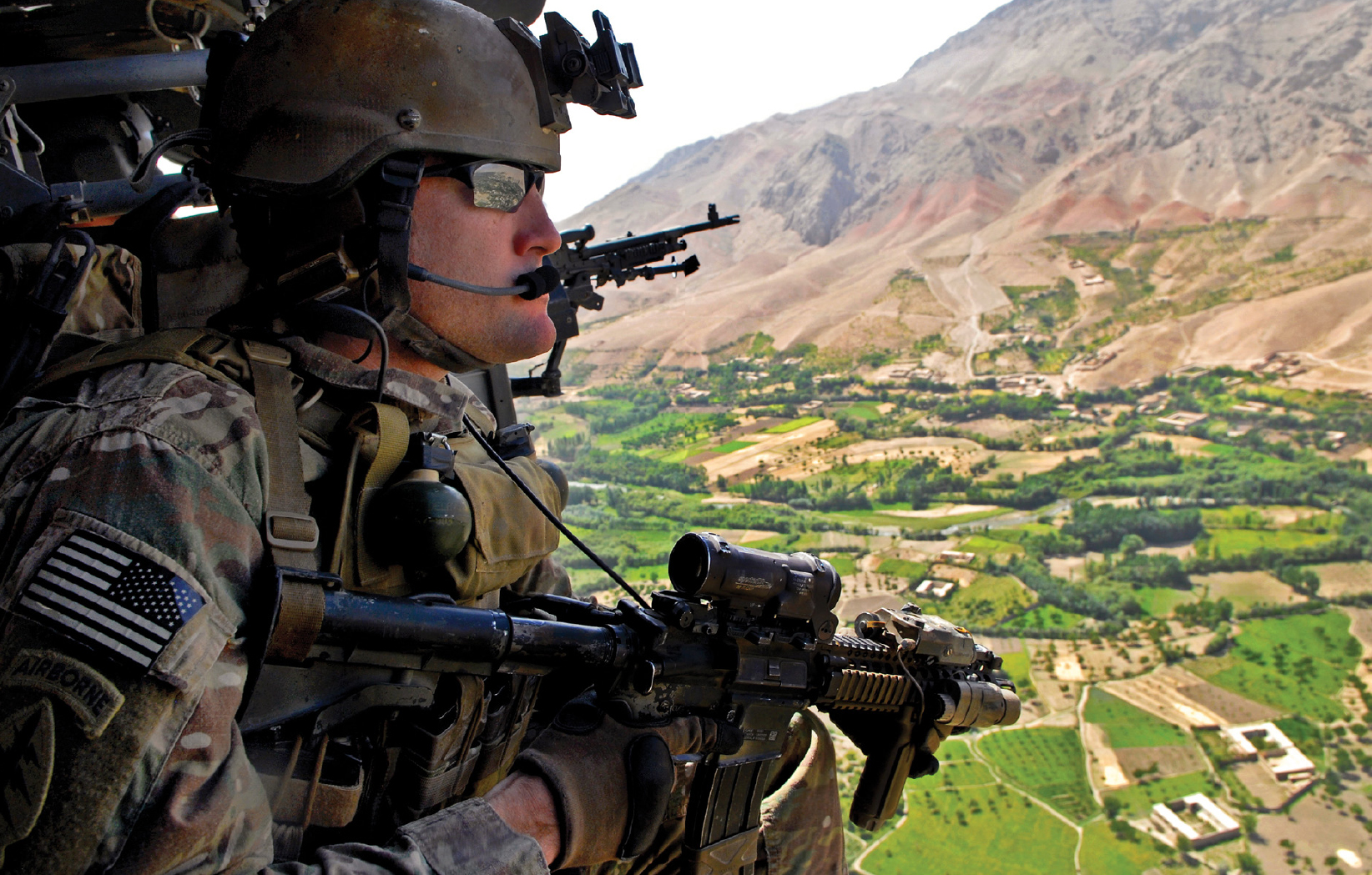
A US Army Green Beret surveys Uruzgan Province below him from a UH-60 Blackhawk. He carries an M4A1 with Spectre DR sight. Note the two M67 fragmentation grenades worn on his plate carrier. (Petty Officer Third Class James Ginther; US Navy)
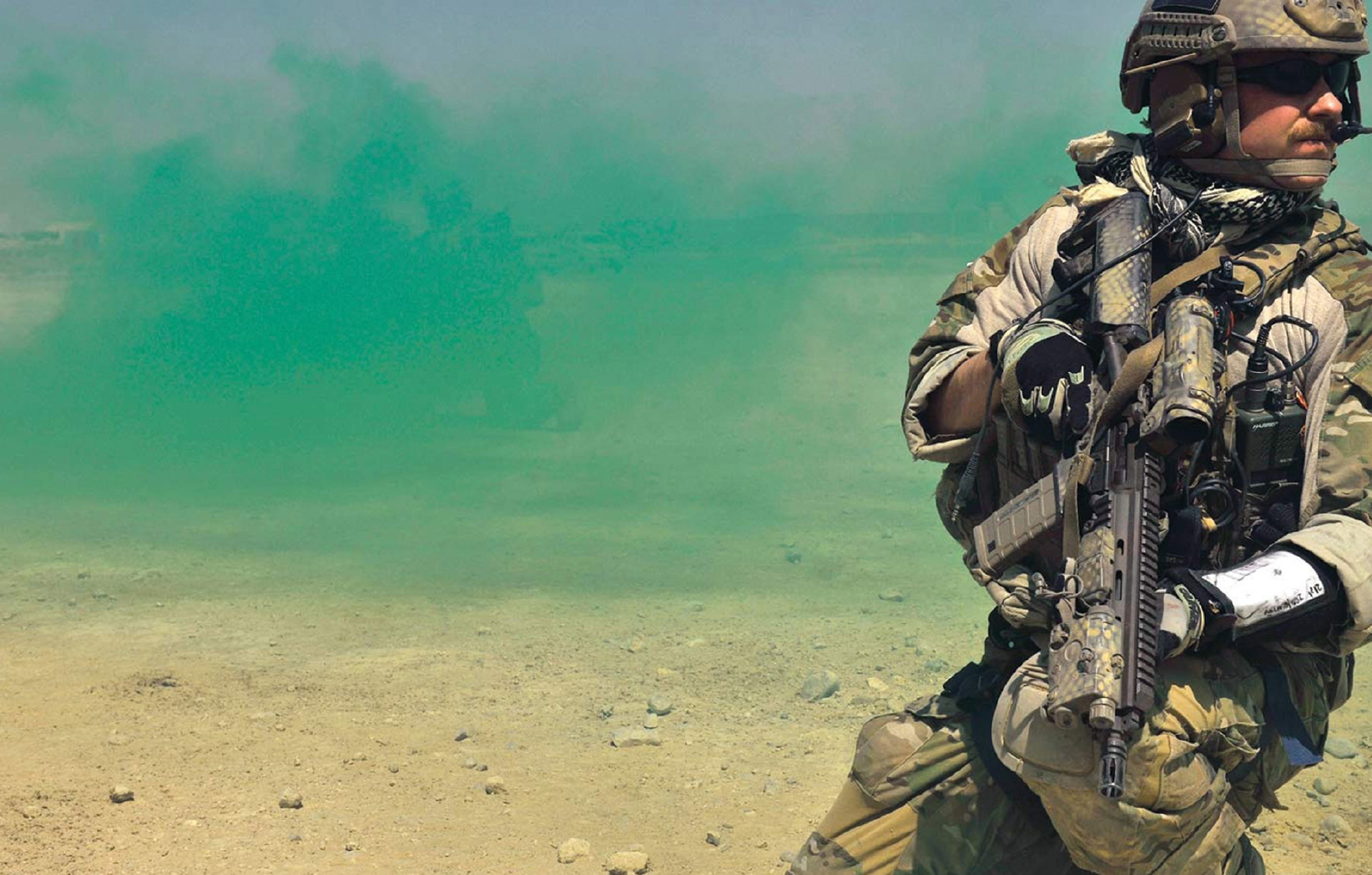
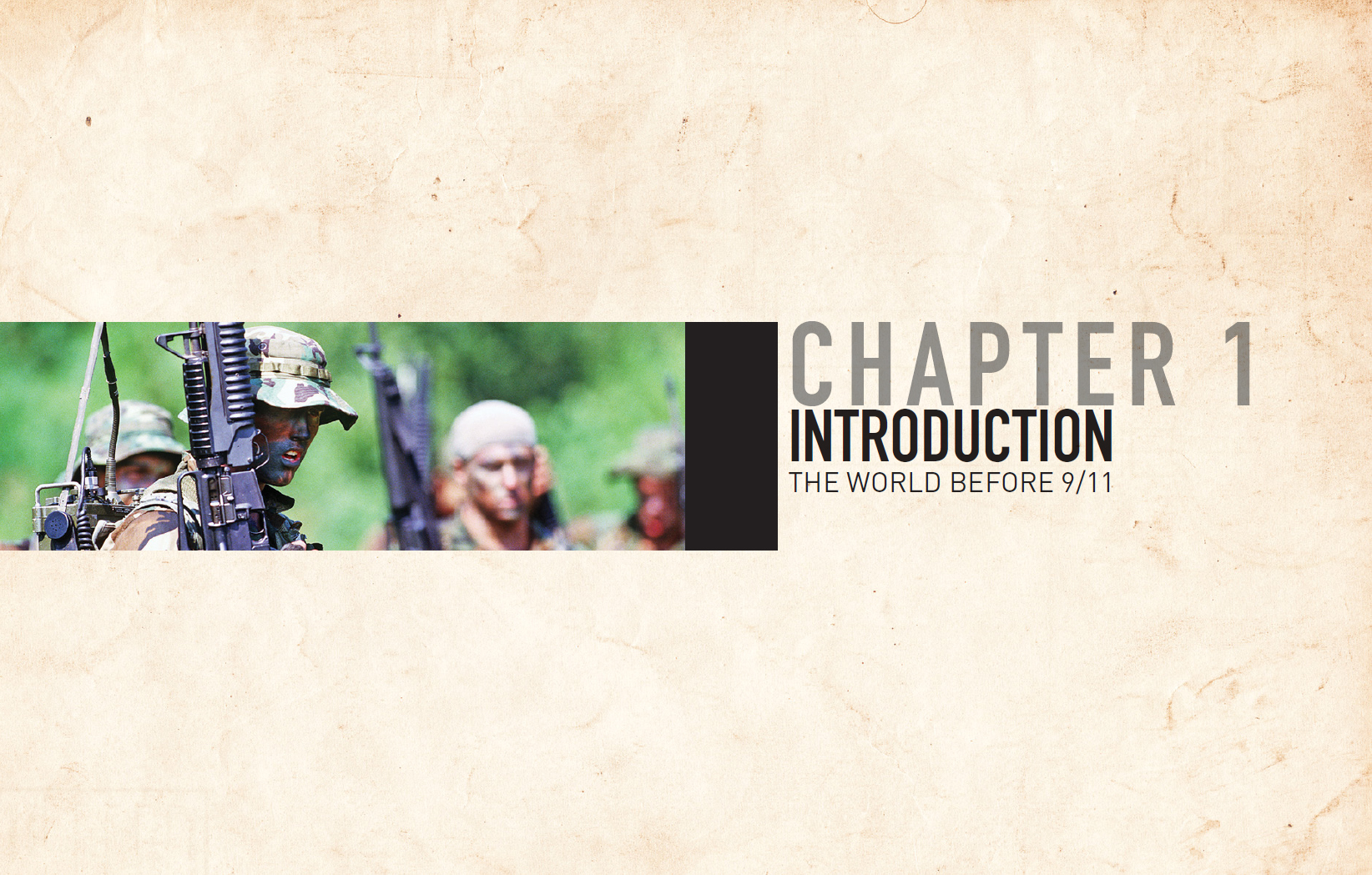
S eptember 11, 2001 ushered in a new form of terrorism a mass casualty suicide bombing on a scale never before imagined, and a new form of terrorist young, fanatical and inspired by radical clerics to strike against their Great Satan, the United States. Schooled in terrorist training camps in Afghanistan, the Philippines, Chechnya and Pakistan, this new generation of terrorist did not follow in the footsteps of their forefathers who seized airliners for the release of political prisoners held in Israeli or Egyptian jails. Instead, these terrorists seized airliners to use as weapons in a terrifying new asymmetric war.
The Bush White House responded with the War on Terror a largely meaningless, and often derided, term to group all operations by the US and Coalition militaries against al-Qaeda (AQ) and AQ related groups. A war on al-Qaeda would have been a more accurate and honest term. The United States closest allies, the United Kingdom, Canada, and Australia, as well as a wider coalition of the willing including much of Western Europe, joined this new war. Russia, despite its own history of conflict with Islamic terrorist separatists in Chechnya and Uzbekistan, largely stayed on the sidelines, granting basing and overflight rights in exchange for the West ignoring human rights abuses in Chechnya.
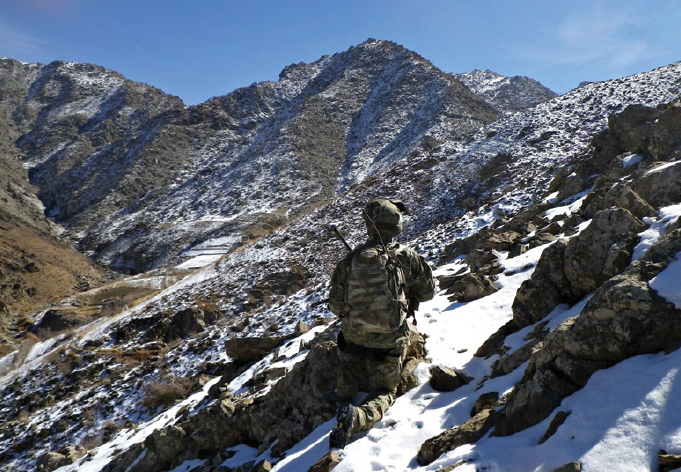
A forward scout from a patrol of Australias 2 Commando somewhere in Afghanistan, 2011. He wears a Crye MultiCam uniform and an A-TACS Arid/Urban pattern assault pack displaying how well both patterns work in the mountainous environment. (Australian SOCOMD)

A vintage shot of US Navy SEALs from the 1990s. Note the use of the Woodland pattern Battle Dress Uniforms (BDUs) that still find favour with SEALs, Marine Special Operations Command (MARSOC) and Army Special Forces today in parts of Afghanistan. Also interesting are the relatively vanilla weapons. The lead SEALs M4 mounts an M203 grenade launcher, but features none of the lasers, lights and optics so common today. (PH1 Mussi; US SOCOM)
Many elements and tactics used in the War on Terror, or more formally the Global War on Terror, will be debated and questioned for decades to come. Was it right to detain prisoners in military prisons? Should they not have been dealt with as common criminals? Where did harsh interrogation end and torture begin? Is torture ever justified? Along with these philosophical quandaries, the War on Terror also brought tremendous advances in counterterrorist and law enforcement technologies and techniques that have undoubtedly saved many lives. One area which has seen both rapid growth and tremendous evolution has been that of military Special Operations Forces (SOF).
Special Operations Forces became, from the outset, the figurative and literal tip of the spear. Along with their CIA brethren, they were the first on the ground in Afghanistan barely weeks after the Twin Towers fell. They were the first to deploy to the Philippines to assist the Filipino military in their hunt for Abu Sayyaf and Jemaah Islamiyah. Again alongside the CIA, they were deployed to northern Iraq up to a year before the invasion began. In dozens of countries around the world, SOF training teams worked with local and national Special Forces to develop their counter-terrorist and counter-insurgency capabilities. And in the shadows, the black, or covert, SOF of the Joint Special Operations Command (JSOC) conducted kill or capture missions targeting the senior terrorist leadership, financiers, and logisticians.
JSOC had been formed in December 1980 after the abortive Operation Eagle Claw to Iran. It began life with narrow responsibilities for hostage rescue and later, nuclear proliferation. Along with endless training to rescue hijacked airliners, JSOC became the command responsible for capturing rogue nuclear weapons (it has long been rumored that JSOC units have been trained to seize Pakistani nuclear facilities in the event of a jihadist takeover). They were, however, considered the Ferrari in the garage that never gets driven as their operational deployments were few and far between. Their capabilities were largely unknown outside SOF and they were an expensive resource, often considered as cowboys by their conventional counterparts.
Special Operations Command (SOCOM) was established a number of years later in 1987 to act as the overall command for each services SOF and the parent command of JSOC. It aimed to ensure events such as the invasion of Grenada never happened again. In the 1980s, SOF had suffered from being deployed on operations ill-suited to their unique skills. The majority of the operations conducted by Delta Force and SEAL Team 6 during the Grenada intervention in 1983 were both unnecessary and poorly conceived or could have been conducted by the Rangers or even conventional Marine or Army units. There was a feeling within the Pentagon that the SOF units needed to be blooded, and so missions were created for them, often by conventional commands unused to working with SOF.
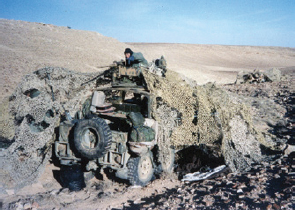
A very rare shot of a Delta Force hide site in the western Iraqi desert during Operation Desert Storm, 1991. The vehicle is the little-seen six-wheel Pinzgauer Special Operations Vehicle modified for Deltas particular requirements. (Photographer unknown)
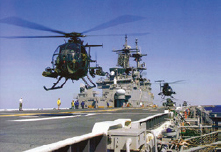
AH-6 Little Birds from the 160th Special Operations Aviation Regiment operating from the deck of a US Navy aircraft carrier in the Persian Gulf during Operation Prime Chance, late 1980s. Note the MH-60 Blackhawks in the background. The pioneering work accomplished by 160th SOAR and the US Navy SEALs would pave the way for later post-9/11 operations conducted from the so-called floating bases. (US SOCOM)

Delta Forces A Squadron again during Operation Desert Storm in western Iraq, 1991. The operators carry an interesting mix of Colt carbines, which are equipped with early Aimpoint sights and Colt scopes, some with suppressors and M203 grenade launchers. Their uniforms are still the chocolate chip desert pattern and there is a conspicuous lack of body armor. (Photographer unknown)
Next pageFont size:
Interval:
Bookmark:
Similar books «Special Forces in the War on Terror»
Look at similar books to Special Forces in the War on Terror. We have selected literature similar in name and meaning in the hope of providing readers with more options to find new, interesting, not yet read works.
Discussion, reviews of the book Special Forces in the War on Terror and just readers' own opinions. Leave your comments, write what you think about the work, its meaning or the main characters. Specify what exactly you liked and what you didn't like, and why you think so.

